Frame in Armored Core 6: Fires of Rubicon is composed of several components, namely the Head, Core, Arms, Legs, Booster, FCS, Generator, and weapon loadout called Units. It is important to mention that Armored Core 6 has streamlined customization by removing certain parts found in previous titles. In the past, players had to consider the Radiator for cooling, Hanger Weapons for defensive and offensive capabilities, and Inside Parts for utility purposes. However, these parts have been eliminated in the latest installment, along with a simplification of the overall Armored Core stats.
Armored Core 6 Frame Guide Quick Navigation
Click to jump to a specific section of the page
The Garage ♦ Head ♦ Core ♦ Arms ♦ Legs ♦ Booster ♦ FCS ♦ Generator ♦ Expansion ♦ Frame Parts List
All Frame Parts in Armored Core 6
AC6 All Head Parts
AC6 All Core Parts
AC6 All Arms Parts
AC6 All Legs Parts
AC6 All Booster Parts
AC6 All FCS Parts
AC6 All Generator Parts
AC6 All Expansion Parts
Frame Parts Guide for Armored Core 6
Armored Core Frame

The Parts

The Garage
By now, it is common knowledge that Armored Cores, these formidable war machines, can be extensively customized to withstand the harsh conditions of Rubicon 3. Not only do Armored Cores need to adapt to diverse terrains, but they also require customization tailored to specific mission objectives. Prior to embarking on these perilous assignments, Armored Core Pilots find refuge in their secure enclaves known as "The Garage." Within The Garage, players have the freedom to conduct all the necessary customization for their Armored Cores. As seen in previous Armored Core titles, The Garage serves as a marketplace for parts and weapons, and it also serves as the central hub for mission assignment and the gathering of intelligence. While the full extent of The Garage's features is yet to be revealed, it remains the player's primary hub, carrying on the tradition of previous titles.
Now, let us delve into the various parts that constitute an Armored Core. A typical Armored Core comprises the following components: Head, Core, Arms, Legs, Booster, FCS (Fire Control System), Generator, and Units. It is important to note that in Armored Core 6, some parts from previous titles have been removed, resulting in a more streamlined customization experience. In the past, players had to consider factors such as the Radiator for cooling purposes, Hanger Weapons for both defensive and offensive capabilities, and Inside Parts that provided utility. However, these elements have been omitted in the latest installment, along with simplified overall statistics for the Armored Core. These changes may generate mixed reviews, particularly from long-time fans, as tinkering with complex statistics has traditionally been a cherished aspect of playing Armored Core. Now, let us examine each part individually, recognizing that every component of an Armored Core serves a purpose, and any malfunction will have immediate consequences for the player.
Please note that all the information presented here is subject to change upon the full release. Our insights are based on careful observation of the materials released thus far for Armored Core 6.
Head
In comparison to previous games, the Head unit's importance has significantly escalated, as it now plays a crucial role in determining shock absorption, weapon accuracy, the effectiveness of scan mode, and movement speed for the unit. It functions as the primary tracking point for your AC, serving as the main visual interface for the pilot. Within the game, players can anticipate encountering various types of head units, including those resembling antennas that enhance radar range even further.
Core
Undoubtedly, every component in an Armored Core holds significance, but it is the Core that serves as the foundation holding everything together. Consequently, it can be deemed the most crucial part of an AC. The Core plays a pivotal role in determining the AC's AP (Armor Points) or HP (Health Points), to put it simply. Moreover, it contributes significantly to the overall defensive statistics of the AC, similar to the importance of AC Legs. Each Core in the game possesses unique abilities that render it distinct, catering to different playstyles and specific needs. For instance, there may be a Core that enables an AC to execute a long-range over-boost in a short span of time.
Arms
The Arms function as the primary components responsible for carrying weapons, with slots available for both the arms and shoulders. Players have the flexibility to equip a total of four weapons or, in certain cases, exchange a weapon slot for a utility-type part to serve specific purposes. Apart from the humanoid type, there exist various other types of Arms. In previous iterations, players may have noticed that AC arms were directly transformed into weapons themselves. Instead of physical arms, a substantial pair of weapons would be slotted in place of traditional arms. Nevertheless, these weapons still fall under the category of arms.
Legs
Just like Cores, the Legs play a significant role in determining the overall defensive statistics and Armor Points (AP) of an Armored Core. The most prevalent leg type is the humanoid variant, known for its versatility in navigating various terrains including land, water, and air. It's worth noting that there are alternative leg types available, such as Tank Legs, Quad Legs, and Reversed Legs. Each leg type has its own unique set of strengths and weaknesses, catering to different play styles or specific requirements. The choice of leg type greatly varies depending on the desired play style or specific needs of the Armored Core.
Booster
Boosters provide Armored Cores with the ability to traverse vast distances across land, sea, and air. They are primarily utilized for flying and gliding through structures and zones, serving as the main mode of transportation for ACs. In combat, the pilot's survival heavily relies on the AC's boosting capabilities. Beyond transportation, boosters are crucial for evading enemy attacks and maneuvering effectively on the battlefield. Within the game, players can explore a variety of Boosters, each with their own unique advantages and disadvantages, allowing for strategic coverage of different scenarios.
FCS
The FCS (Fire Control System) is a crucial component within the Armored Core series, responsible for determining the lock-on time and capabilities of an Armored Core. It is an internal part that is not visible under normal circumstances. For instance, a lower-tier FCS significantly slows down the lock-on process for missiles targeting multiple targets. Conversely, a high-quality FCS empowers players to expedite the lock-on process, effortlessly targeting a multitude of enemies with missiles.
Generator
Generators are the primary propulsion system of an Armored Core is its main engine, providing the necessary power and dictating the duration of the Energy Gauge. A longer Energy Gauge enables the AC to utilize its boost and sustain midair maneuvers for an extended period. Notably, in Armored Core 6, a departure from the series' tradition is observed as Radiators, a longstanding component, have been removed. Instead, Generators now possess the capability to cool independently, ensuring efficient management of heat.
Expansion
In Armored Core 6: Fires of Rubicon, a new component has been introduced, but there is limited information available regarding its ideal utilization. As an avid AC enthusiast, it is speculated that Expansions may function similarly to Hanger Units, which have been removed. Hanger Units served as extensions for weapons or utilities, so it is plausible to consider them as the closest point of comparison to understand the potential role of Expansions in the game.
Need to add the IB-C03: HAL 826 set that you get for completing the Liberator of Rubicon achievement/trophy.

I wish this actually showed all of the parts.
Granted, this game is new and all.
However, I'm most likely not as far 80% of you that's reading this, and I've got way more than this selection.
Oh well, I'm sure it'll update soon.

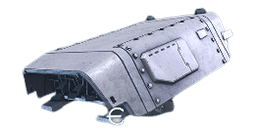

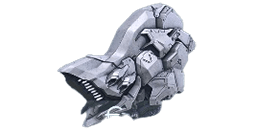
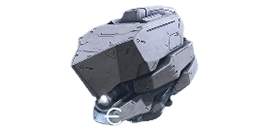


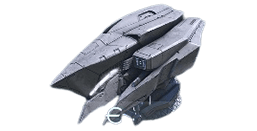
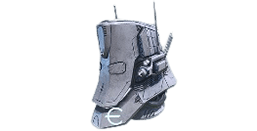

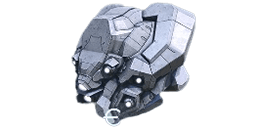
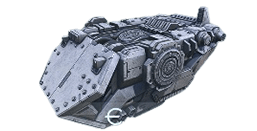


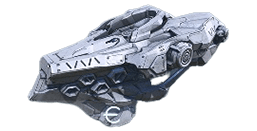

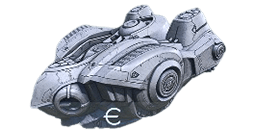

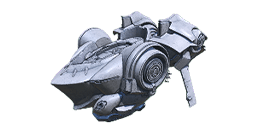
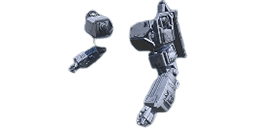


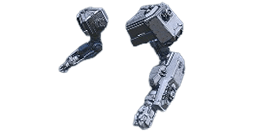
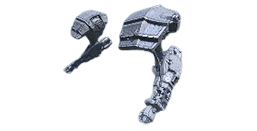

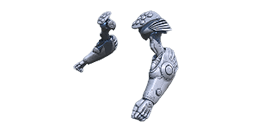


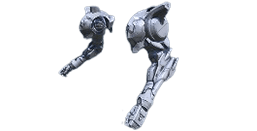

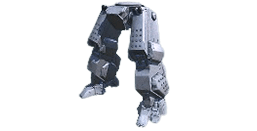
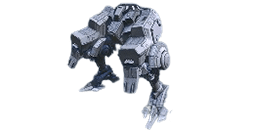

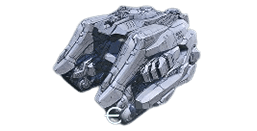


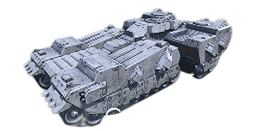



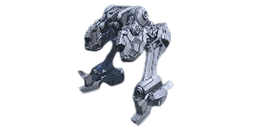
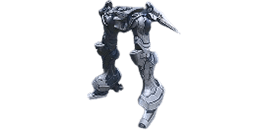
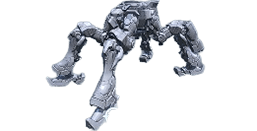

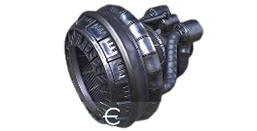

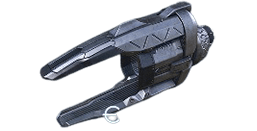
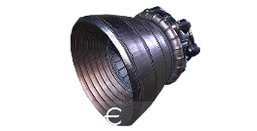

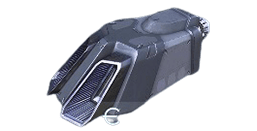
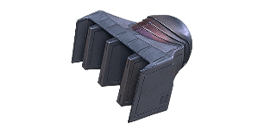

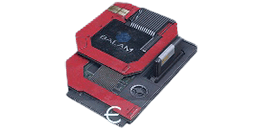
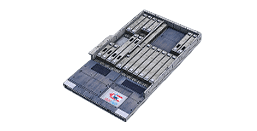



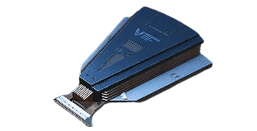
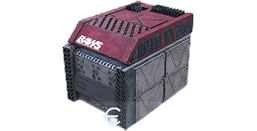
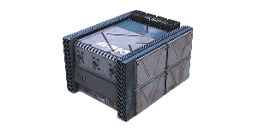



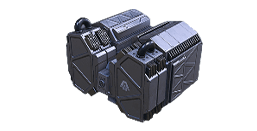
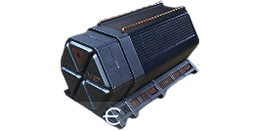





Lemme know when they got the parts
11
+10
-1